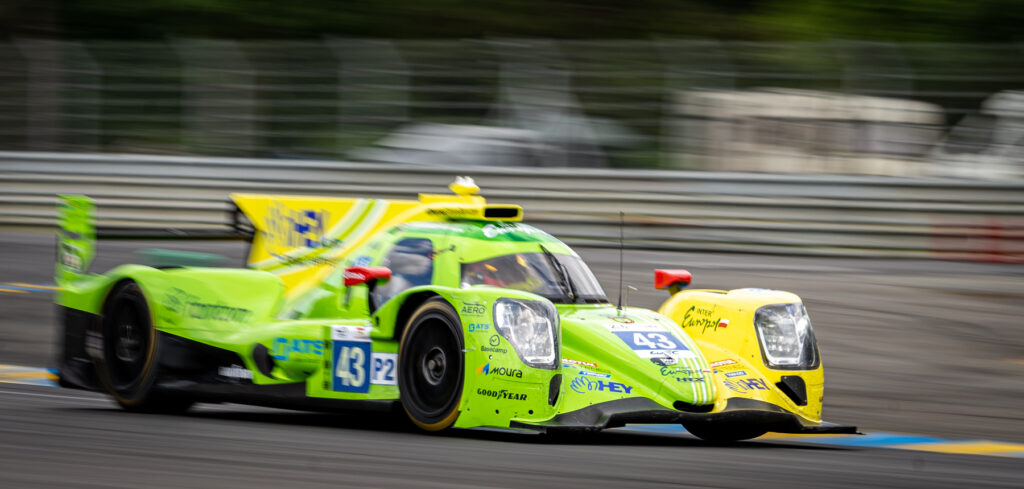At its annual Le Mans press conference, the ACO reaffirmed that new rules would arrive for the LMP2 class from 2025, with the current four chassis manufacturers, Dallara, Ligier, Oreca and Multimatic, retaining the supply deal (even though with the exception of a lone Ligier, Oreca is the only make represented in 2022). The chassis used will be the same as found in LMDh, which differs considerably from the current LMP2 units.
As one LMDh chassis builder noted, there are several features on those chassis specific to the use of hybrid powertrains, such as a space to fit the energy store (ES). In the case of the ES installation, this creates an asymmetry in the chassis with one side pod tunnel actually smaller than the other. These differences mean that the LMDh chassis are around US$15,000 more expensive to build than a regular P2 chassis.
During the ACO conference, organization president Pierre Fillon stated that hybridization would eventually arrive in the class, adding logic to the decision to utilize the LMDh platforms. How this would fit within the tight cost constraints remains something of an open question. For example, the current engine price cap has been in place since 2017, and as John Manchester, operations director at spec engine supplier Gibson Technology, noted, the engine is one of the cheapest major components on the car.
Gauging opinion across the paddock in Le Mans, there seems to be little appetite for any changes that would increase costs and most teams are happy with the current status quo. Given the apparent challenges with hybrid reliability already seen by those developing LMDh cars, any implementation in LMP2 would need to be carefully managed in order not to damage what is currently the largest class at Le Mans.
With new chassis regs will come new engines, though the tender has yet to be issued. Manchester confirmed that Gibson would likely look to retain its position as spec supplier, dependent on the exact details of the new tender. Notably, Gibson currently has 60 of its GK428 V8 engines in circulation, having recently built five new units to account for growth in the class. With debate ongoing about further separation between the P2 and Hypercar classes, Manchester suggested that any further power reductions for the engines (beyond the current 60bhp drop they have compared to the 2017 power of 600bhp) would be hard to achieve.
The ACO and FIA will have to tread a very fine line in handling its most populous class, reliant as it is on privateers. Though all eyes may be on Hypercar, with the swathe of manufacturers arriving in 2023, OEMs come and go on a whim and neglecting the needs of competitors in LMP2 would be short sighted to say the least.



